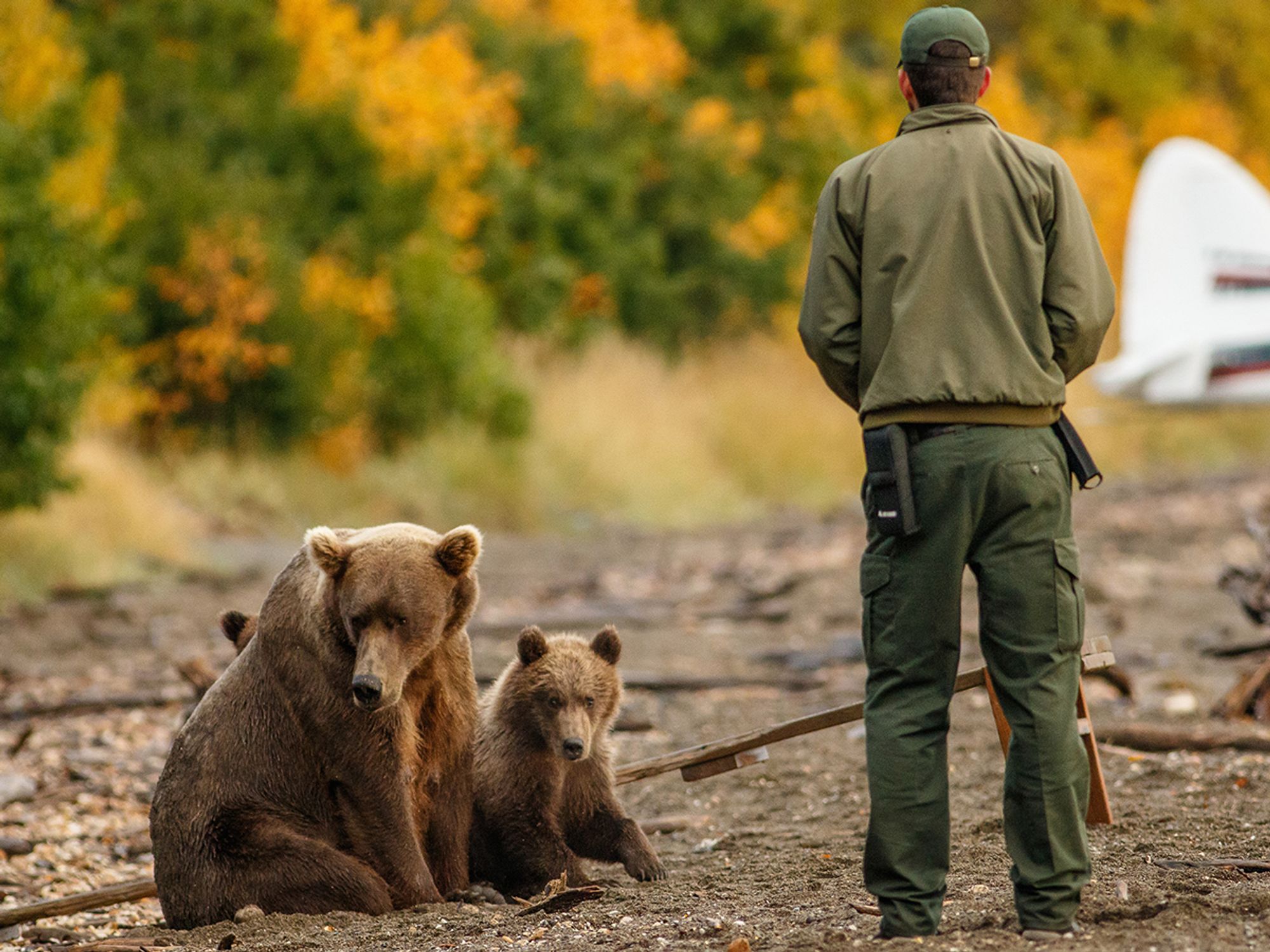Lacey Act protected

- Under the Lacey Act, the Secretary of the Interior can ban importation and certain transport of wildlife species that are formally classified as injurious.
- Once a species is placed on the list of injurious wildlife, it cannot be imported into the United States or transferred between the continental United States without obtaining a permit.
Wildlife species globally are often imported into the United States. They may even find their way in by accidentally stowing aboard boats, aircraft, and vehicles. People import all kinds of live wildlife for a wide array of reasons including for use as household pets, for consumption, in decorative ponds, and for scientific research. Occasionally the animals escape into the wild. Sometimes people set them free on purpose.
Injurious wildlife are wild mammals, birds, amphibians, reptiles, fishes, crustaceans, mollusks and their offspring that are injurious to the interests of people, farming, forestry, wildlife or wildlife resources in the United States. Injurious wildlife listing first started in 1900. It continues even now under the oldest federal invasive species law in the United States. It is part of the Lacey Act. The statute provides permission for the Secretary of the Interior to ban importation and certain transport of wildlife species that are formally classified as injurious.
Once a species is placed on the list of injurious wildlife, it cannot be imported into the United States or transferred between the continental United States, the District of Columbia, Hawaii, or the Commonwealth of Puerto Rico, without obtaining a permit.
All species of Salmonidae (salmon, trout, char, grayling, freshwater whitefish) are classified as injurious because of their potential to carry pathogens that can hurt other fish. The only salmonids that are not injurious are the ones imported with a health certification or those that are dead and disemboweled. Twenty genera of salamanders (live, dead, or even parts of them) are classified as injurious due to risk of carrying the fungus Batrachochytrium salamandrivorans that can infect and kill other native amphibians.
